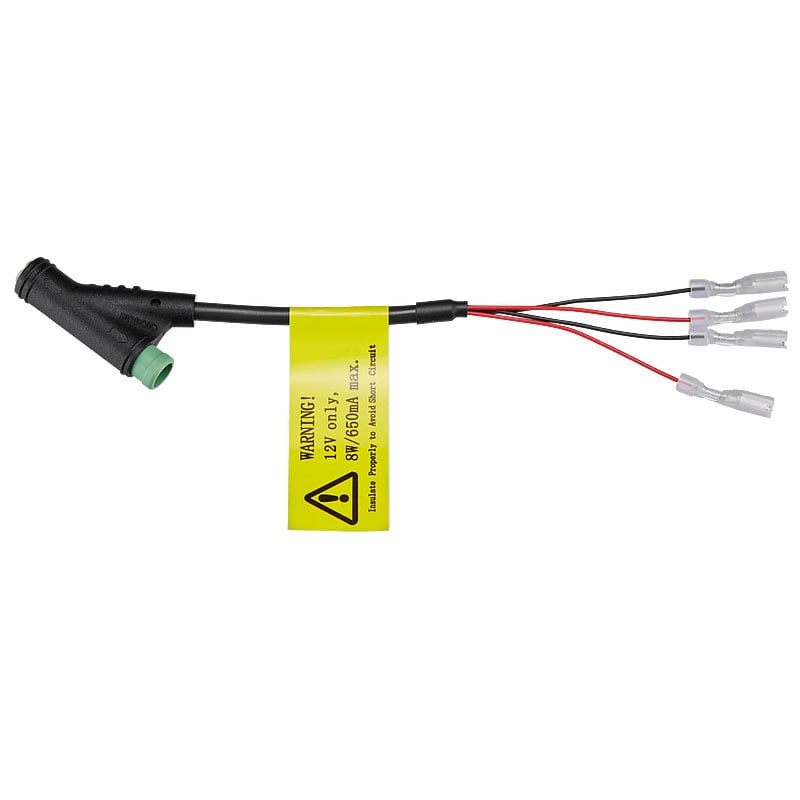charleyt
Member
- Region
- USA
- City
- Oregon
I'm 191cm and 89 inseam. Test rode the XL Skitch (really awesome bike with "progressive" geo) and got the 58 creo 2. I like to be more 'on' the bike than 'in' the bike. I've test ridden a 61 frame, not a creo, and it's ridiculously large. My ideal size is a 59. Had to lengthen the stem a bit on my creo and overall my position on the bike is quite comfortable. And maybe the most comfortable I've ever been on the hoods for extended time.Great input, thanks! The geometry comparisons are interesting. SC puts me firmly on an XL Skitch, which is -28mm stack and +34mm reach from the 58 Creo 2.
58 just felt more relaxed, more upright, and less scrunched than my 56. As you said, 9mm reach is easy to change with a stem.
My partner got the 56 creo 2 and she's 177.cm. She didn't even need a stem swap. Her ideal size is a 57.
